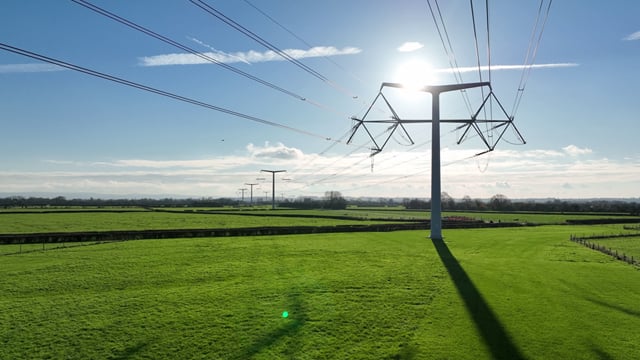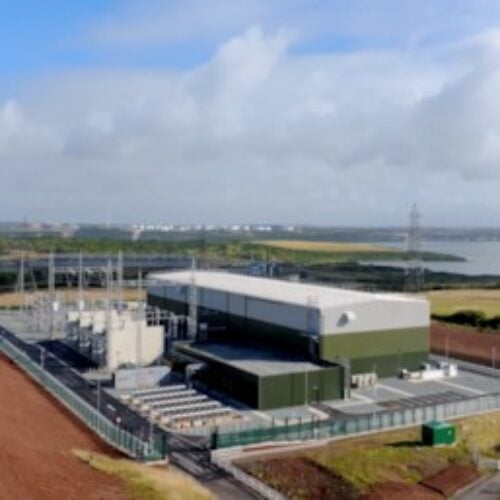National Grid has submitted a planning application for a new electricity connection between Kent and Suffolk, which it says will boost energy security.
The transmission system operator (TSO) is seeking a development consent order (DCO) for the Sea Link project, which it has designed to increase electricity capacity on the UK electricity grid.
The 138km connection will run, mostly offshore, from Pegwell Bay in Kent to a point on the Suffolk cost between Aldeburgh and Thorpeness. The DCO submission follows multiple rounds of consultation carried out by the TSO between 2022 and 2025.
The Planning Inspectorate will now consider the application through the nationally significant infrastructure project (NSIP) planning process.
Part of the Great Grid Upgrade, Sea Link will ensure that, as electricity demand is set to double, the transmission network in the UK can support the integration of renewable generation assets.
Currently, grid insufficiency means the National Energy System Operator (NESO) has to pay wind power plant owners to power down to avoid overwhelming the electricity grid.
National Grid first announced the Great Grid Upgrade scheme in April 2023, pitched as an overhaul to the electricity network in England and Wales to reduce reliance on fossil fuels. It is part of National Grid’s programme of investment in the UK’s energy transition, which will see £16 billion spent between 2021-2026.
Sea Link is the latest in a series of upgrades planned under the scheme, which in total covers 17 proposed projects. In summer of 2023, National Grid consulted with communities in East Riding of Yorkshire, North Lincolnshire and Bassetlaw in Nottinghamshire on plans for a new 90km powerline.
Finalised plans for the 400,000 volt (400kV) overhead power line between the substations at Creyke Beck and High Marnham, following a second round of consultation in 2024, were published by National Grid in February this year.
The Great Grid Upgrade will also see 184km of new electricity transmission reinforcement between Norwich and Tilbury. The government’s ambition to connect 50GW of offshore wind by 2030 means that development has scaled up, with about 60% of current offshore wind projects coming ashore along the East Coast.
East Anglia’s high-voltage electricity network will not be able to reliably transport new energy connections while working to the required standard.
Most recently, National Grid received a DCO for another East of England transmission grid reinforcement project, to remove 27km of overhead cabling between the Bramford substation in Suffolk and Twinstead Tee in Essex and replace it with a combination of new overhead lines and underground cables.






